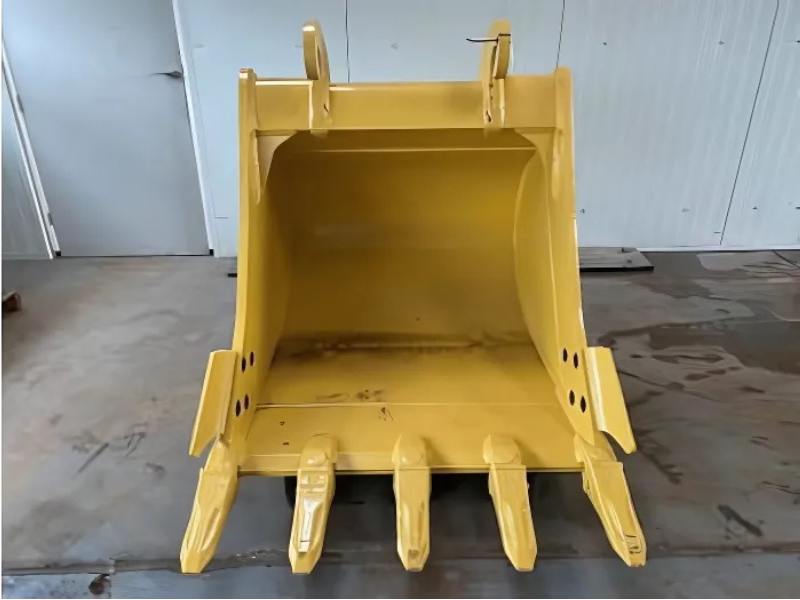
When it comes to earthmoving and construction machinery, the Excavator Soil Bucket stands out as one of the most essential attachments. Whether it’s for digging trenches, leveling soil, or loading materials, this bucket plays a vital role in improving efficiency and productivity on-site. In this blog, we’ll explore what an Excavator Soil Bucket is, the different types available, its design features, and the various applications that make it indispensable in the construction and mining industries.
An Excavator Soil Bucket is a standard attachment used with hydraulic excavators for digging, scooping, and moving soil, sand, clay, and other light to medium-density materials. Unlike rock or heavy-duty buckets, soil buckets are designed for general-purpose excavation work, making them ideal for tasks that require speed and precision over brute force.
They typically feature a wide mouth and smooth profile, allowing efficient loading and unloading of loose materials. The bucket’s design helps maintain a balance between digging strength and material handling capacity — making it an all-rounder in everyday construction work.
The design of an Excavator Soil Bucket directly influences its performance and durability. Let’s take a closer look at the key design aspects that make it effective:
Shape and Structure
The bucket’s wide and shallow shape allows for faster digging and better filling performance. Its rounded back improves soil flow and minimizes material sticking, which enhances productivity.
Cutting Edge and Teeth
Most soil buckets are equipped with a straight or slightly curved cutting edge, often paired with replaceable teeth. These teeth help in breaking through compacted soil or clay while maintaining a smooth finish after digging.
Material and Build Quality
High-strength, wear-resistant steel is used to construct the bucket, ensuring long life even under harsh working conditions. Reinforcements on the edges and corners prevent deformation and reduce maintenance costs.
Mounting Options
Excavator Soil Buckets are compatible with quick couplers or standard pin-on mounts, making attachment and detachment quick and convenient.
Drainage Holes (Optional)
Some soil buckets include drainage holes for working in wet or muddy conditions. This helps prevent excess soil and water from accumulating inside the bucket.
There are several types of Excavator Soil Buckets, each designed for specific tasks or soil conditions. Here are the most common ones:
General-Purpose Soil Bucket
The most widely used type, suitable for digging and loading soft to medium-density soil, sand, and gravel. It provides a balance between capacity and durability.
Grading or Ditching Bucket
A wider and flatter bucket used for leveling, grading, and trench finishing. It has a smooth edge and no teeth, allowing for clean and even surfaces.
Tilt Bucket
Equipped with a hydraulic tilting mechanism, this bucket can tilt up to 45 degrees in either direction. Ideal for shaping slopes, landscaping, and precise grading.
Heavy-Duty Soil Bucket
Designed for tougher conditions with thicker steel and reinforced edges. Though primarily for soil, it can handle denser materials like compact clay and mixed gravel.
Mini Excavator Soil Bucket
Used with compact or mini excavators for smaller-scale projects such as residential landscaping or utility installations.
The Excavator Soil Bucket is an all-purpose tool in earthmoving operations. Its versatility allows it to be used across multiple industries and project types:
Construction: Excavating foundations, leveling ground, and backfilling trenches.
Landscaping: Shaping terrain, creating embankments, or clearing loose soil.
Agriculture: Digging irrigation channels, clearing land, or moving soil for plantation preparation.
Roadwork: Removing topsoil, grading surfaces, and preparing roadbeds.
Utility Projects: Installing pipelines, drainage systems, and cable trenches.
Thanks to its adaptable design, the Excavator Soil Bucket is suitable for everything from large infrastructure projects to smaller maintenance works.
Choosing the right Excavator Soil Bucket can significantly impact productivity and machine longevity. Here’s how:
Improved Efficiency: Faster digging and material loading.
Reduced Wear and Tear: Optimized design lowers stress on the excavator arm.
Cost Savings: Longer service life means fewer replacements and downtime.
Precision: Accurate trenching and leveling for professional results.
When paired correctly with the right excavator size and project needs, a soil bucket can transform operational performance.
The Excavator Soil Bucket is more than just a simple attachment — it’s a versatile, durable, and essential tool that enhances the overall efficiency of earthmoving equipment. From general-purpose digging to precision grading, it delivers performance that construction professionals rely on daily.
Understanding the different types, designs, and uses of the Excavator Soil Bucket ensures you select the right one for your application, maximizing both productivity and cost-effectiveness on every project.
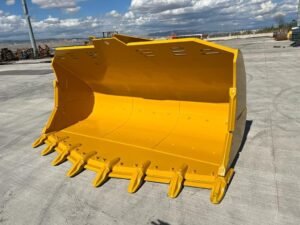
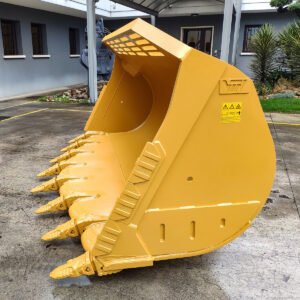
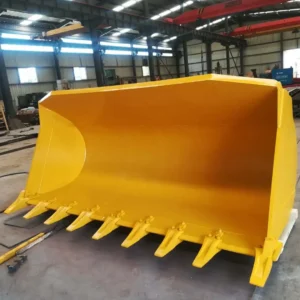
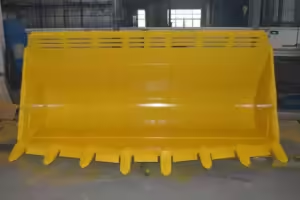
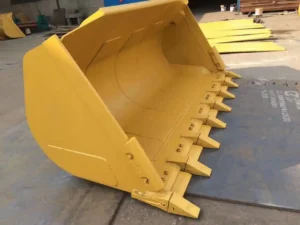
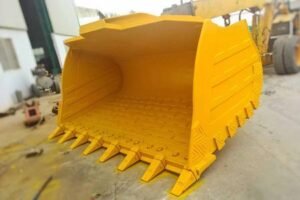
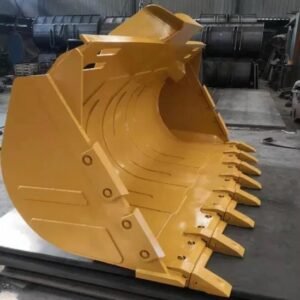
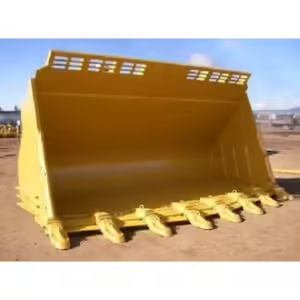
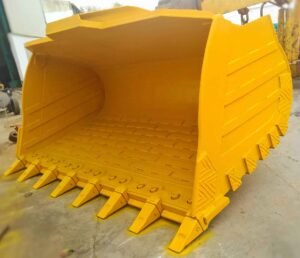
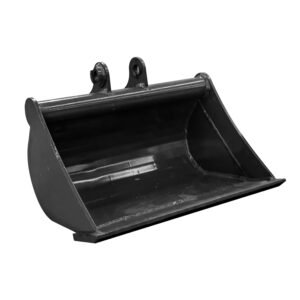
TEAM. All Rights Reserved. Developed by Pixel Tech.